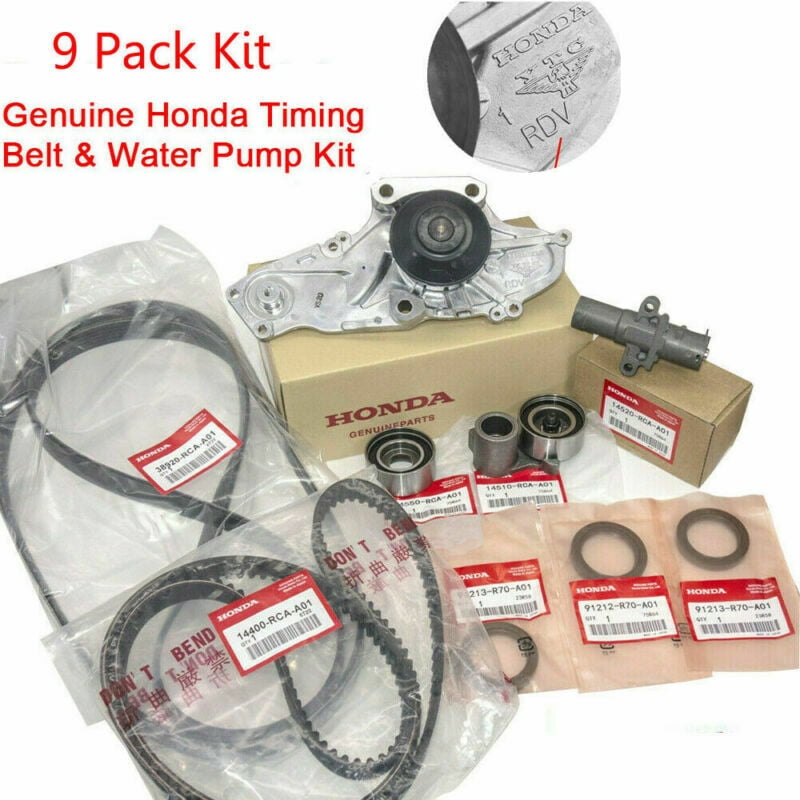

If you don't like it, don't buy vehicles with those engines. You act like this is some sort of new information or revelation on your part. If it happens to YOU, you LOSE!Ī LOT engines are interference designs these days.

Sure, it's easy to say that if you change your belt when you're supposed to, none of this will happen, but things DO happen that are outside the realm of normal. I suspect it is because they have totally surendered to combustion chamber design efficiency at the expense of the customer. Non interference engine designs have been around for at least 30 years, so as brilliant as Honda is, there is no excuse for it. It makes absolutly no sense to build an engine that self destructs just because of a belt or tensioner failure. That's very old thinking, or the lack of thinking at all.ĭead serious. There is no excuse for ANY manufacturer to build an interference engine. Inquiring V6 VUE owners would like to know so we can decide when and where we want to have the change done and not be looking at a $3,000 - $4,000 bill Is there a mechanic who can weigh in and fill us all in regarding the belt, valves and the HONDA engine? With 5 valves per cylinder and possible piston damage he's pretty disgusted with VW right now. He was turning a corner going less than 20 mph when it snapped and he's now looking at a $3,000+ bill because his engine is of a design that allows valve interference when the camshaft stops and the pistons are still in motion. It's something I want to know because of what happened to a friend over the weekend regarding his 02 VW Turbo-Beetle, and a broken timing belt at 100,000 miles (the factory stipulates replacing at 105,000 miles). I have only 37,000 miles on my 04 but am asking now in case I decide to have it changed early. An X indicates that the vehicle was not manufactured for a specific year.I Did a search here in VUE-General to see determine wether the 3.5 HONDA V6 has a valve interference design if the timing belt were to break and I was unable to determine wether or not it does. N/A indicates that we did not receive a large enough sample size to provide data for a specific year.

Our subscribers provide great insights into their satisfaction by answering one simple question: If they had it to do all over again, would they definitely buy or lease the same model? In addition, respondents also rate their cars in six categories: driving experience, comfort, value, styling, audio, and climate systems. To learn about satisfaction, CR has collected survey data from our annual survey on more than half a million vehicles. An X indicates that the vehicle was not manufactured for a specific year. Based on this data and further analysis, we predict reliability for the latest year. Extra weight is given to the more serious areas such as major engine or transmission problems.

The results are presented relative to the average model that year. Consumer Reports subscribers reported on any serious problems they had with their vehicles during the past 12 months that they considered serious because of cost, failure, safety, or downtime, in any of the trouble spots included in the table below. The reliability charts are based on responses on hundreds of thousands of vehicles from our latest Annual Auto Survey.


 0 kommentar(er)
0 kommentar(er)
